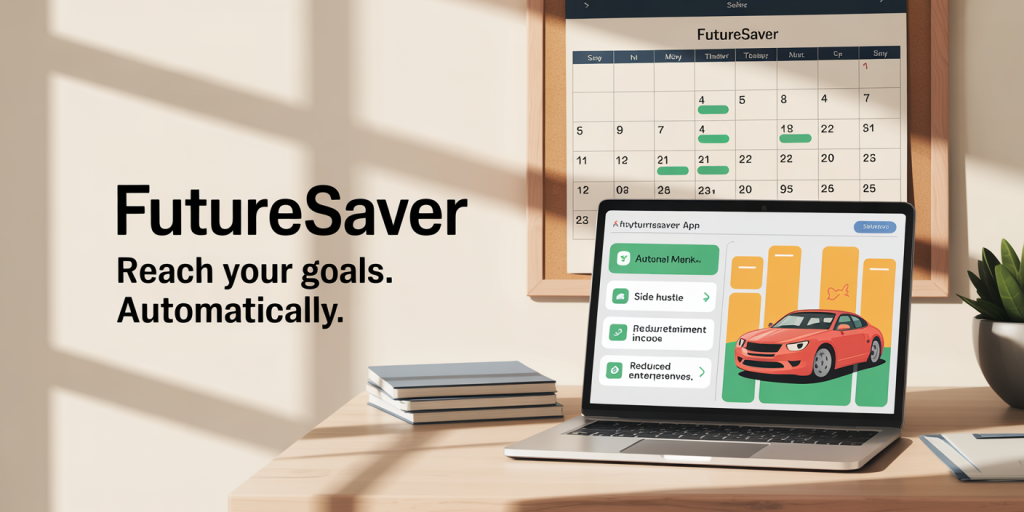How to Plan Large Purchases Without Jeopardizing Your Budget
Anúncios
Making large purchases can be both exciting and daunting. Whether it’s buying a car, a home appliance, or investing in furniture, these expenditures often require meticulous planning to avoid disrupting your overall financial health. According to a survey by Bankrate, nearly 60% of Americans struggle with managing large, unexpected expenses, underlining the importance of strategic budgeting. Proper preparation ensures that big spending decisions don’t derail your financial stability or long-term goals.

Strategically planning these purchases fosters control over spending habits, reducing the risk of accumulating debt or dipping into emergency funds. This article outlines practical steps grounded in real-life cases and supported by relevant data, helping readers confidently navigate large purchases without jeopardizing their personal budgets.
Anúncios
—
Assessing Your Financial Situation Before Big Purchases
Before diving into the process of buying an expensive item, it’s crucial to have a thorough understanding of your current financial standing. This means reviewing your monthly income, expenses, savings, and debt obligations. Use financial tools like monthly budget trackers or apps to analyze your cash flow and identify how much you can comfortably allocate toward a large purchase.

Take, for example, Sarah, a marketing manager who planned to buy a $3,000 home theater system. By evaluating her spending habits and temporarily cutting back on dining out and subscription services, she managed to save enough over four months without incurring debt. This case exemplifies the importance of proactive assessment to align large purchases within affordability parameters.
Additionally, consider your emergency fund status. Experts recommend holding 3-6 months of living expenses in reserve before making significant purchases. This buffer not only protects against unexpected costs but also prevents overspending. A study by the Federal Reserve in 2023 showed that 35% of adults could not cover a $400 emergency expense without selling something or borrowing money, a warning sign to ensure financial resilience before major buys.
—
Setting Clear Goals and Priorities for Large Purchases
To keep your budget intact, it’s essential to differentiate between wants, needs, and priorities. Large purchases should be driven by clear goals rather than impulse or peer pressure. Identify what you value most and how the item contributes to long-term satisfaction or utility.
Consider John and Lisa, a couple buying a used car. Instead of purchasing the latest model, they prioritized reliability, fuel efficiency, and lower maintenance costs, ultimately saving $5,000 over other options. Their decision was based on prioritized goals, which helped them make a fiscal choice suited to their budget.

Using a goal-setting framework, write down the reasons for your purchase and what you expect in return. For example, if upgrading a laptop is for work efficiency, calculate potential returns like time saved or increased income. Combining qualitative and quantitative goals creates a balanced approach that prevents overspending on unnecessary add-ons.
—
Creating a Realistic Saving Plan With Timelines
A key step is establishing a savings plan tailored to when you want to make the purchase. This involves breaking down the total cost into manageable monthly or weekly savings targets. Automating transfers into a dedicated fund can also enhance discipline and minimize temptation to spend.
For instance, Jacob aimed to buy a $24,000 used car but preferred not to take out a loan. By saving $500 monthly from his paycheck, he reached his goal in just four years. He also tracked price trends in the used car market, timing his purchase to coincide with seasonal sales, thus optimizing his budget.
Comparative Table: Saving Strategies for a $5,000 Purchase Over One Year
| Saving Method | Monthly Amount Saved | Time to Reach Goal | Pros | Cons |
|---|---|---|---|---|
| Automatic Transfers | $417 | 12 months | Consistency, less temptation | Requires strict monthly discipline |
| Side Hustle Earnings | $250 + $167 from gig jobs | 12 months | Potentially faster savings | Depends on extra workload |
| Cutting Expenses | $350 | 12 months | Lifestyle adjustment | May feel restrictive |
This table demonstrates different approaches for meeting savings targets depending on individual circumstances and financial flexibility. Choosing a method that fits your lifestyle enhances the probability of success.
—
Researching and Comparing Options to Maximize Value
Before committing funds, invest time in extensive research to find the best deals and maximize the value of your purchase. Comparing prices, brands, and sellers can significantly reduce costs and improve satisfaction.
An example is Ava, who needed a new refrigerator costing approximately $1,200. She explored various retailers, measured energy efficiency ratings, and checked consumer reviews available on websites like Consumer Reports. By focusing on energy consumption, she saved almost $200 annually in electricity bills, turning her purchase into a long-term financial benefit.
Websites and apps such as CamelCamelCamel for price history, or Honey for discounts, are useful tools to track down optimal purchasing points. Also, consider refurbished or certified pre-owned items when relevant. These often come with warranties but can be 20-30% cheaper than brand-new versions.
Critical shopping metrics to analyze include: Price vs. warranty length and coverage Product longevity and maintenance costs Opportunity cost of alternative purchases
—
Avoiding Common Pitfalls: Debt Traps and Impulsive Buys
Large purchases often tempt buyers to overextend credit lines or use high-interest loans, which can create long-term financial strain. It’s vital to avoid these pitfalls by understanding the costs associated with debt, including interest rates and fees.
Take, for example, Mark, who purchased a $5,000 motorcycle using a personal loan with a 15% annual interest rate. Over three years, he paid nearly $1,200 in interest alone, dramatically increasing the total purchase cost. Lessons from this include prioritizing saving upfront or researching low-interest financing options before committing.
Impulse buying during sales events such as Black Friday or holiday promotions also poses risks. Many consumers, clouded by discount prices, end up purchasing items they don’t need or cannot afford. One survey found that over 25% of holiday shoppers regretted at least one major purchase, highlighting the importance of restraint.
To curb impulsivity, create a “cooling-off period” of 24-48 hours before finalizing large purchases. This window helps reassess needs and compare alternatives objectively.
—
Future Perspectives: Adapting Large Purchase Planning in a Changing Economy
The future of budgeting for large purchases requires adaptability, especially given the dynamic nature of economic conditions, inflation trends, and evolving consumer technology. For example, the U.S. experienced a 6.5% inflation rate in 2023, affecting the prices of durable goods and increasing the cost burden on consumers.
In response, savvy buyers will need to stay informed about macroeconomic forecasts and adjust saving timelines accordingly. Developing flexible budgets that account for price volatility can prevent unexpected financial shocks. Similarly, leveraging technological advancements, such as AI-driven personal finance apps, can optimize savings strategies and provide tailored purchase recommendations.
Moreover, environmental considerations are slowly influencing consumer behavior. The demand for energy-efficient or sustainable products is expected to rise, potentially altering cost structures and necessitating new forms of financial planning. For instance, electric vehicles (EVs) have higher upfront costs but offer significant long-term savings on fuel and maintenance, highlighting the relevance of total cost of ownership analysis.
Ultimately, future financial planning for large purchases will increasingly focus on holistic approaches, integrating economic, environmental, and technological factors to maintain budgetary balance while achieving lifestyle improvements.
—
Investing time and effort into planning, saving, and researching large purchases is essential for maintaining financial health. By following these strategies and staying adaptable to changing market dynamics, consumers can confidently make big decisions without compromising their budgets or financial goals.
